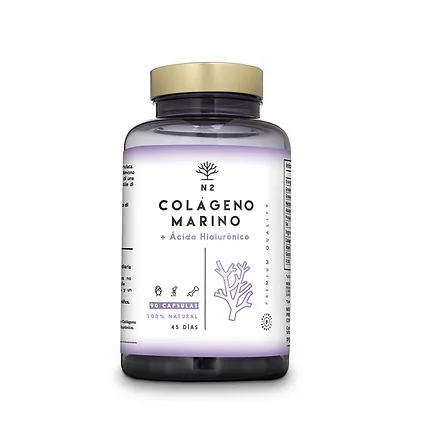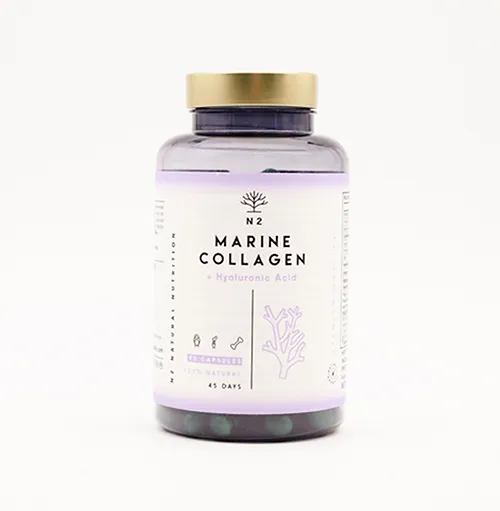7 Disadvantages of Lightboxes for Product Photography
- Fotoprostudio
- Jun 11
- 4 min read
If you have a brand or are just getting started with online sales and want to photograph your products, a lightbox can help you take your first shots.
But before you rush out to buy one, you should be aware of all the drawbacks of working with a lightbox.
First of all, I strongly discourage you from using lightboxes that don’t have built-in lighting, since you’ll have to add the lights yourself—and it will only give you headaches.
If you’re determined to buy one, make sure it has integrated LED lighting, and if your budget allows, the larger and more powerful (ideally dimmable) the better.
With that said, here are the drawbacks of working with a lightbox.
Table of Contents
1. The lightbox limits the size of the products you can photograph.

One of the main drawbacks of lightboxes is that, as the name implies, they’re literally boxes—and therefore have a limited size. If you have relatively large products, you simply won’t be able to fit them inside.
But be careful: the product doesn’t just have to fit, it also needs enough clearance on all sides so the light can reach it evenly, preventing areas of excessive glare or deep shadows.
For example, imagine you want to photograph a pair of shoes. Since a shoe is roughly 25 cm long, you’d need at minimum a 50 cm × 50 cm box—although I’d actually recommend one that’s 60 or even 80 cm on a side.
2. A lightbox isn’t synonymous with a perfectly uniform white background.

A lightbox can simplify the lighting process when shooting products against a white background.
But no lightbox, however expensive, works magic. If you want a perfectly uniform background in all your photos—whether it’s a 100% white backdrop (RGB 255,255,255) or something similar—you’ll have to resort to photo-editing software to match all the images and ensure they share the same background tone.
3. Not recommended for metallic or glossy products.

If your goal is to photograph jewelry or metallic/glossy items—like watches, bottles, chrome- or nickel-plated products, ceramics, etc.—I don’t recommend using a lightbox unless you already have photography and lighting know-how.
I’ve tried it myself, and it’s not as easy as they make it look in demos. It takes a lot of effort to position the pieces correctly, and you’ll also need to bring in reflectors (foam board) and diffusers (acetate sheets) to tame glare and reflections if you want decent shots.
4. Awkward access to the interior for properly placing and positioning products.
Before photographing any product, you always need to take time to prepare and groom it properly—making sure it looks its best—and position it correctly for the shot.
Having to do all this inside the lightbox is very cumbersome and slows down the process. Plus, if you’re working with a tripod, you’ll often have to move it out of the way just to place each product correctly inside.
So if you plan to shoot products that are tricky to prep—like textiles, clothing, accessories, handbags, etc.—I strongly advise against using lightboxes, as they make this already complex process far more awkward.
5. Acceptable lighting, but not perfect
You should know that a lightbox by itself—no matter how large, expensive, or powerful—won’t deliver that “perfect light” you see in commercial and advertising photography studios, where edges are crisply defined and volumes and textures are beautifully enhanced.
Even if you have expertise in photography and lighting and use additional accessories or modifiers, you’ll still be quite constrained by the limited space and the basic lighting conditions that lightboxes provide.
6. Difficult to achieve overhead (top-down) perspectives.
Overhead perspectives are all the rage—Instagram and social media are flooded with product shots taken from above.
Most lightboxes won’t let you capture true top-down views unless you’re patient, handy, and into DIY.
If you do get a lightbox with a top opening, you’ll also need a tripod that can hold your camera directly above the subject.
7. You’ll need to work with a tripod.
Professional photography studios typically use flash lighting for product photography. Flash has a key advantage over the continuous LED lights used in lightboxes: it’s much more powerful and lets you shoot handheld.
With lightboxes, you’re stuck using a tripod if you want your shots to be sharp and in focus.
Conclusión:
If, after learning about the drawbacks, you’re still determined to buy a lightbox, remember:
A lightbox can be a good option if you’re just starting out and have a tight budget.
Size really does matter—make sure it’s optimal for the kinds of products you’ll photograph and that you have space to set it up; the larger, the better.
The same goes for lighting: it’s the 21st century, so choose LED, and if your wallet allows, the more power (and dimming control) the better.
If you’re planning to shoot fashion accessories like bags, textiles, or any shiny, reflective products, I still wouldn’t recommend it.
On the other hand, if you place great importance on your product images, don’t want to complicate things, and you want professional results that keep you competitive, your best bet is to hire specialized product-photography professionals—you’ll save a ton of time and effort, and the results will be infinitely better.
Have you ever used a lightbox for product photography? Tell us about your experience!













Comments